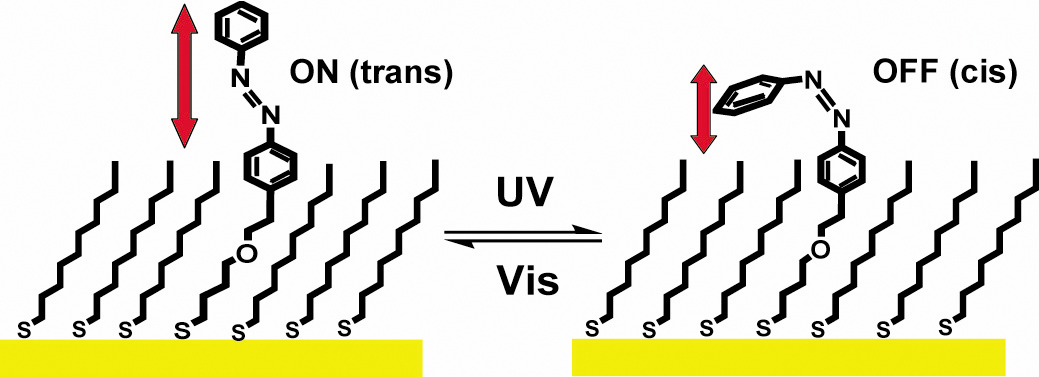Researchers Develop Microscopic Mechanical Switches Powered by Light
Source: Dailytech
Light-powered microscopic mechanical switches could act as artificial muscle.
Research being done by collaboration between Penn State University and Rice University scientists may pave the way for switching state molecules. They could be used for anything from molecular driver units to artificial muscles or molecular electronics.
Though the function of the molecular switches is similar to that of memory metal, like the kind used to control the tiny mirrors that comprise the surface of a DLP (digital light processing) chip, they function without electrical stimulus. Rather than using an on-off state powered by charge, they react to ultraviolet and visible spectrum light.
These types of molecules, molecules that react and switch states of configurations to light, are not uncommon. The process is called photoisomerization. The molecules can either be in a trans or cis state. For their results, the trans state, which represented the “on” state of the switch, was the default state under normal visible light. The molecules, composed of two benzene rings joined by double bonded nitrogen atoms, “flipped” to a cis or “off” state when exposed to ultraviolet light instead.


Recent Comments